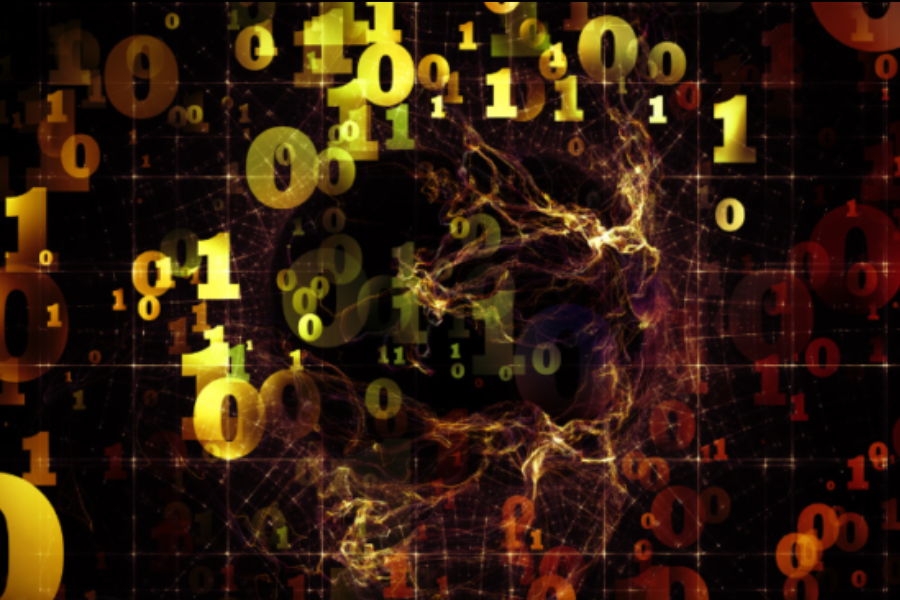Numbers are everywhere in our daily lives, but some carry a unique significance that goes beyond their face value. Let’s take a closer look at three intriguing figures: 9.02, 8.9975, and the fraction 13/5. At first glance, they may seem like ordinary numbers, but they reveal fascinating stories when we dig deeper. Whether you’re a math enthusiast or just curious about how these numbers play a role in your life, this exploration will uncover their hidden meanings and real-world relevance.
The Precision of Decimal Numbers
Decimal numbers are powerful tools that allow us to express values with remarkable accuracy. The numbers 9.02 and 8.9975 showcase this precision beautifully.When you see 9.02, it’s more than just nine; it’s a little more, but not quite ten. That tiny difference after the decimal point adds a layer of detail that can be crucial in various situations.Similarly, 8.9975 is a number that’s incredibly close to nine, yet slightly less. This level of specificity is essential in fields like finance and science, where even the smallest variations can make a big difference. Understanding these numbers helps us make better decisions based on precise information rather than rough estimates.
The Power of Fractions
Fractions offer a unique way to represent numbers, often providing clarity that decimals might struggle to match.Consider the fraction 13/5. It directly shows a relationship between two whole numbers without the need for rounding. This can be particularly useful in calculations where maintaining exact values is important.While decimals like 9.02 and 8.9975 can be precise, fractions like 13/5 can simplify certain operations, such as addition or subtraction, making them especially valuable in practical tasks like cooking or construction.Moreover, fractions have the flexibility to change forms without losing their value. For example, 13/5 can be converted to its decimal equivalent, 2.6, which is a repeating number—highlighting that not all numbers are best expressed in decimal form.
Real-World Applications
These numbers—9.02, 8.9975, and 13/5—show up in many aspects of everyday life, often in ways we might not immediately recognize.
When shopping, you might notice prices like $9.02 for a product, where that small decimal makes a difference in cost. In recipes, fractions such as 13/5 cups ensure precise measurements for the perfect dish, especially when scaling recipes.
In engineering and design, decimals are used to calculate dimensions accurately, where even the smallest variation can impact the integrity of a project. In finance, understanding interest rates like 8.9975% is crucial for making sound investment decisions.
Fun Facts About These Numbers
Did you know that 9.02 has a special place in scientific measurements? It often appears in physics, especially in discussions about gravitational constants or astronomical distances.
Meanwhile, 8.9975 is close to an approximation of the speed of light in a vacuum—highlighting its significance in scientific equations and theories.As for the fraction 13/5, it’s more than just a number—it’s a way of understanding ratios and proportions that have been used for centuries in various cultures. For instance, the number 13 is seen as unlucky in some cultures but revered in others, such as by certain Native American tribes who view it as sacred.
Bringing It All Together
Numbers like 9.02, 8.9975, and 13/5 might seem simple, but they play crucial roles in our everyday lives. Whether it’s the precision of decimals in scientific calculations or the clarity of fractions in practical tasks, each number adds something valuable to the way we understand the world.Recognizing the importance of these numbers can enhance our approach to math and problem-solving in various disciplines. Each number tells a story, and together, they help us navigate complex concepts and real-world scenarios.
FAQs:
What do 9.02 and 8.9975 represent?
These decimal numbers often represent measurements or data where precision is key.
How is the fraction 13/5 related to these decimals?
The fraction 13/5 equals approximately 2.6 as a decimal but provides unique advantages in certain contexts, like maintaining exact values in calculations.
Why might someone choose fractions over decimals?
Fractions can offer clearer insights into proportions or ratios without losing precision during calculations.
Can you give an example of how these numbers are used in everyday life?
Yes! These numbers are common in finance, cooking measurements, engineering specifications, and more, where exact values are crucial.
Are there any interesting facts about these numbers?
Absolutely! 9.02 is significant in scientific measurements, 8.9975 is close to an approximation of the speed of light, and fractions like 13/5 have been used for centuries to express precise ratios.

Leave a Reply